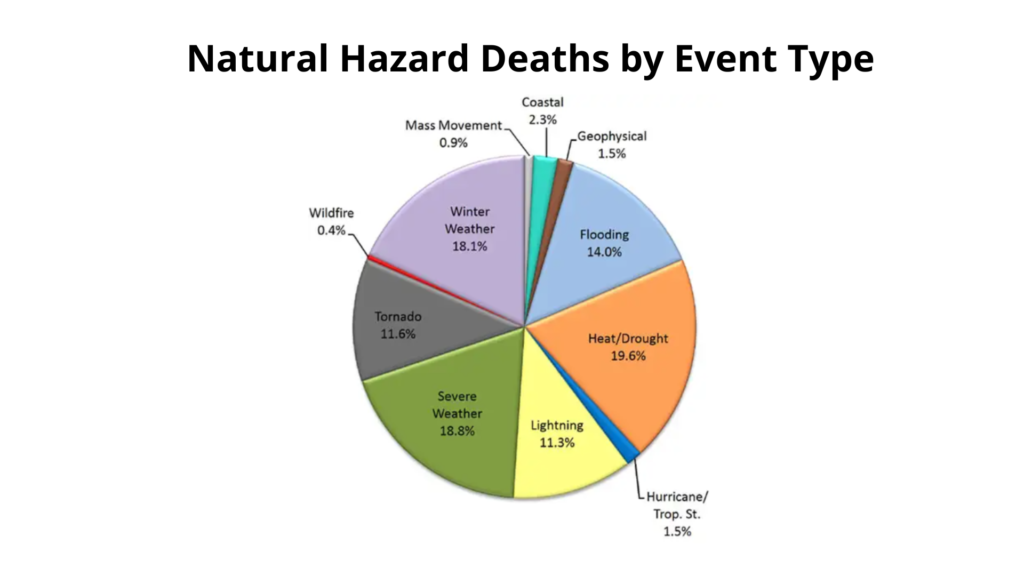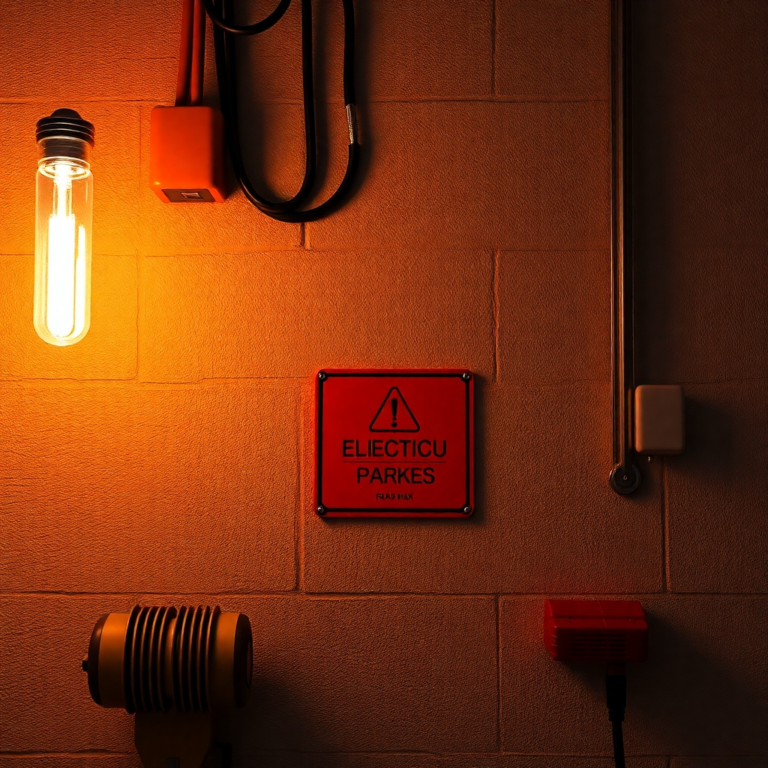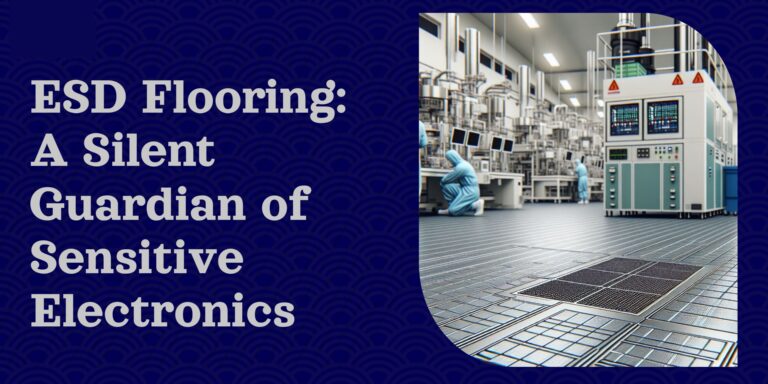
Introduction
Consequently, lightning strikes can cause significant damage through direct current flow, heat generation, and induced voltages. Furthermore, these damages often harm structures, power lines, and even people.
Importance of LPS in protecting buildings and infrastructure
Lightning protection systems shield buildings from the destructive power of lightning strikes by safely diverting electrical charges to the ground.
History of Lightning Protection System
From ancient fears to modern technology, lightning protection has evolved, safeguarding structures with metal rods, grounding systems, and surge protection devices.
Understanding Lightning Protection
Science behind lightning formation and its electrical discharge
Lightning, a breathtaking display of nature’s power, occurs when, within a thunderstorm, a buildup of electrical charges creates a conductive path, subsequently allowing electrons to flow, and ultimately resulting in a spectacular spark.
Types of lightning strikes and their impact
Lightning, a powerful electric discharge, occurs between clouds, within them, or to the ground, with varying forms and polarities, posing a significant threat to life and property.

The Need for Lightning Protection Systems
A) Lighting Rods
Concurrently, an air termination system must encompass all potential lightning strike points, including projections and elevated sections, while being firmly secured and bonded to create a continuous conductive pathway.
https://www.takolightningsystem.com/
B) Down Conductors
Down conductors, directly attach 25mm x 3mm annealed copper tapes to exterior walls, avoiding obstructions. Minimize bends and secure tapes securely and regularly.
C) Earth Termination System
Consequently, the LPS must be grounded to achieve a maximum earth resistance of 10 Ohms for optimal protection.

Factors to Consider When Designing an LPS
1.Importance of a site survey to assess lightning risk
Construction sites, consequently, with their tall structures and open exposure, are highly vulnerable to lightning strikes, thus necessitating thorough risk assessments to protect workers, equipment, and project timelines.
- Protect Workers: Risk assessments safeguard workers from the dangers of lightning strikes during storms.
- Furthermore, Prevent Equipment Damage: Surge protection shields valuable equipment from costly damage caused by lightning strikes.
- Moreover, Avoid Project Delays: Mitigating lightning strike risks prevents costly delays and disruptions in construction projects.
- In addition, Reduce Liability: Lightning risk assessments protect workers and shield construction companies from potential legal liabilities.
https://www.takolightningsystem.com/
2. Explain the factors that influence the design of an LPS, such as building height, location, and surrounding structures.
Risk assessment precedes professional installation by trained electricians, followed by regular testing and maintenance to ensure optimal safety and longevity.


Emerging Technologies in Lightning Protection
Advancements in lightning protection technology
1. Early Streamer Emission (ESE) air terminals
Early Streamer Emission (ESE) lightning protection proactively safeguards structures by initiating an upward discharge earlier than traditional rods, providing superior protection against lightning strikes.
2.Lightning Detection and Warning Systems (LDWS)
Modern lightning detection networks, still pinpointing strikes with unprecedented accuracy, from kilometers to within meters, empower businesses and individuals with proactive risk mitigation and enhanced safety worldwide.
3.Wireless monitoring and control systems
Consequently, wireless sensor modules now enable real-time online monitoring of lightning current flow, surpassing older mechanical dial indicators and thus providing crucial data for proactive maintenance and enhanced safety.

Conclusion
In essence, lightning protection systems safeguard lives and property by safely diverting powerful electrical discharges to the ground.
FAQ
1.what is traditional lightning protection system?
Traditional lightning protection systems primarily rely on a network of conductors, such as lightning rods and grounding systems, to intercept and safely dissipate lightning strikes.
2.which buildings can benefit from lightning protection systems?
Any building at risk of lightning strikes, including homes, commercial structures, industrial facilities, and critical infrastructure, can benefit from a lightning protection system.
3.how is lightning protection system determined?
Lightning protection systems are designed based on risk assessment, considering factors like building height, location, and the frequency of lightning strikes in the area.
Disclaimer
This blog post provides general information about lightning protection and should not be considered a substitute for professional advice from a qualified electrical engineer or lightning protection specialist.








